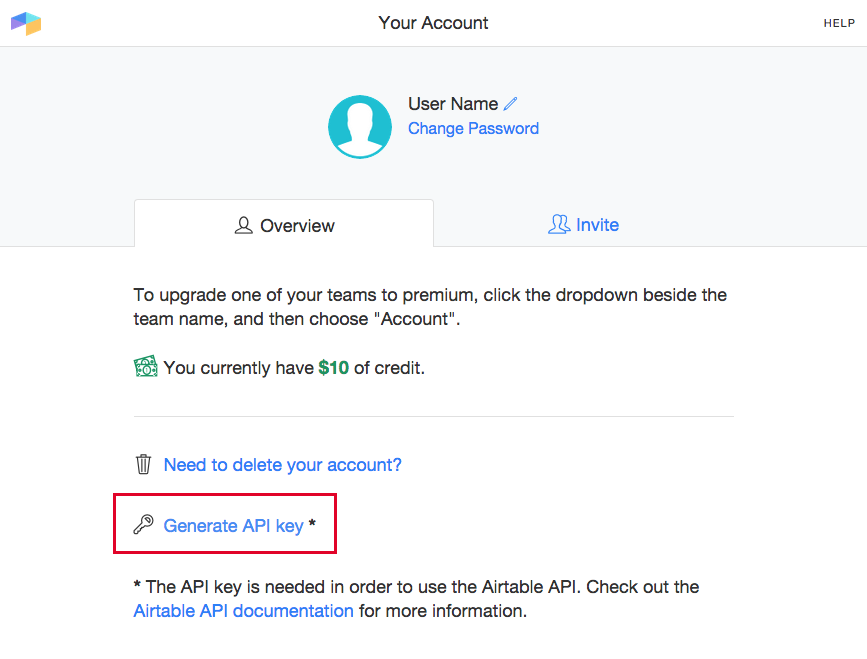

You can create a condition to filter out records within the view you are currently viewing.Ī condition reads much like a sentence the example above can be read as: "Show me the records where the DRI is Jordan Peretz." For this guide, we will be using the "Product catalog" template please feel free to create a copy of the base if you'd like to follow along! Conditions
Zapier airtable filter how to#
One great example of how to use conditions is to archive old projects that are no longer relevant. You need to prevent people from seeing certain records in a view share link.You only need to focus on records that meet certain conditions (e.g., the records that have been assigned to me AND have not been marked as completed).You're trying to find a record or records that meet certain conditions quickly (e.g., records that have a due date after X date and before Y date).OverviewĪ condition is a rule you set that records must follow to be visible in that particular view. We also recommend reading the support article on advanced filtering to fullycustomize how your records are filtered by utilizing condition groups. This article will go over the basics of working with conditions. When a record is filtered out based on a condition, it is not deleted-it's just hidden from the particular view you're using to look at your table. I definitely recommend using functions within Airtable to manage this.One of the core features of views is the ability to filter out records from a view according to conditions you set.
Zapier airtable filter update#
Each Zap can then use the Update Record Airtable action to update the record with the correct status. Use the Filter helper step in Zapier to then only execute the Odd Zap if Is Odd is equal to the string True and the Even Zap if Is Odd is equal to the string False. You can create two different Zaps, one for Odd IDs and one for Even IDs. The other option requires a "Pro" account (which is cheaper than a Professional account). The "Path" step requires a "Professional" account with Zapier. Down each path, you can then use the Update Record Airtable action to update the record with the correct status. Zapier should follow Path A if the Is Odd field of the record is equal to the string True and Path B if the field is equal to the string False.

One way would be to use the "Path" helper step to split your workflow.

If you really need to continue with Zapier, you have a couple of different options for how to proceed. You can then group, filter and sort your records based on the values in that field. Change "True" and "False" to whatever your status values are. You could just use this Airtable formula logic to assign a status.
Zapier airtable filter mod#
If the ID field mod 2 is equal to 1, then the field is odd, otherwise, it is not. Within your Airtable table, you can create a new formula field called "Is Odd." The formula within that field would then be IF(MOD(, 2) = 1, "True", "False").


 0 kommentar(er)
0 kommentar(er)
